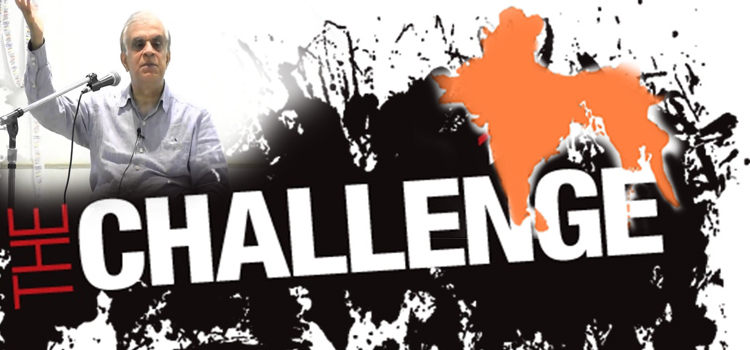My take on this issue – as I have explained in several talks:
- Such a large-scale and irreversible gamble by any organization/institution would be rash, unless first analyzed carefully. This analysis includes developing all likely scenarios and assigning probabilities for likely outcomes. No corporate entity rushes into such an extreme position based on emotions or political correctness.
- First you must study the trend in those villages that started out with 40% Muslim, 20% Christian & secular, 40% Hindu. Can someone cite a study of say 50 villages that had large Muslim population living alongside Hindus in the 1950s, and tell us what happened over the subsequent 2 generations? My hunch is that such places did NOT end up as prototypes and microcosms of Akhand Bharat. Rather they drifted more towards Islam, and the Hindu side got diluted and even capitulated in many cases. But I am open to being proven wrong by hard data – not emotional arguments and some silly reasoning of which we have samples here.
- The numerical quantity of population is not what matters. What matters is the institutional and leadership strength of various contenders. Corporate entity X does not beat Y just because it had more employees. Otherwise there would not have been the rise of Facebook, Google, Amazon, etc in the past generation beating the mighty giants of the past. If 20 jihadis could topple the World Trade Towers, you better wake up and discard the argument based on number of people on each side.
- You must consider the international support that Islamic groups in Middle East can offer the future South Asian reunified Muslims. Look at their global reach and ambition. Which Hindu groups has anywhere close to that clout, strategic mindset, operational competence, globalized thinking? None even close.
- If you think such a Hindu globalization can beat global Islam, you have the burden of proof to show this, because you are the one advocating such a sweeping gamble.
- Grand Narrative to support a global aggressive expansion: Islam’s success is being driven by a powerful grand narrative rooted in 1400 years of field experience winning successfully in every single continent of the world. Where is Hinduism’s GN? How much experience in living memory to implement any expansion successfully? Where are the equivalent Hindu global institutions by comparison? The mere fact that prominent leaders go about making irresponsible policy statements suggests the hollowness of the Hindu institutions.
- This is not an era of isolated locations that are left alone by global forces. If you understand BI, you cannot be such a fool and analyze only the local forces at work.
- Even a mediocre middle management level person with decent corporate experience would recommend that first there must be experiments on a limited scale to study the phenomena, before implementing something so radical on a grand scale. Field trails, beta tests, prototypes. Have the proponents of reunification done these to show the results of their experiment? If not, they are a bunch of idiots with dangerous ideas. Why would you roll the dice on 1.5 billion people without having tested the idea on 20 – 50 small scale village level prototypes first?
- Digestion of Hinduism into Islam: Have you studied the syndrome of digestion into Islam silently going on? One is the fashionable urdu-ization of pop culture. Second is Sufism as cool, hip and ‘spiritual’. These are the mouths of digestion feeding the stomach. Just because my books’ focus has been on Christianity and Western secularism, it does not mean the same (maybe even worse) does not apply to Islam. Are you waiting for me to write on digestion into Islam, or can you use your imagination to see that the same processes also apply there?
Bottom line: Hindus who call for reunification must remove the burqa from their mind and see the light. The above provocations are a starting point of the extensive due process they better carry out before making such irresponsible suggestions, and that too on international TV sitting in front of opposing audiences.
My challenge: First create a tiny scale Akhand Bharat somewhere in india, say at the level of a state. Show us the metrics to prove its dharmic lifestyles, governance, narratives, etc implemented and living at the level of individual, family, local community, state-wide. This dharmic ethos should pervade and drive media, schools, colleges, government, business, etc. Accomplishing this will take a generation of experimentation at least. It is not about making speeches and slogans. After this success, then expand organically to cover a cluster of states. That will take several more decades. Once at least 50% of all Indians including all faiths and secularists have been brought under this imagined Akhand Bharat of the future, only then can someone open their mouth about exporting this model.
Regards,
Rajiv






























